
For children with asthma, exposure to dog allergens could exacerbate outcomes.

For children with asthma, exposure to dog allergens could exacerbate outcomes.

Children who struggle with rare food allergies may have multiple food restrictions, with little understanding as to what really helps.

Life-threatening allergies are difficult to live with, in more ways than one.

Peanut allergies often elicit frightening reactions in children. The new drug Palforzia, just approved by the US Food and Drug Administration (FDA), can reduce the risk of a child having that potentially life-threatening reaction.

Food allergies are a hot topic on the playground, at schools, and in pediatric offices. Parents of children with eczema or atopic dermatitis (AD) often have a lot of questions regarding the connection between eczema, exposure to common food allergens, and the development of or exacerbation of AD. There are many of the complex questions that clinicians must answer when evaluating pediatric patients with AD.

Recommendations for whether to test for and treat food allergy in the setting of atopic dermatitis have changed.

Dr. Todd A. Mahr, president of the American College of Allergy, Asthma, and Immunology, discusses anaphylaxis and when to have your patient seek specialty care. Anaphylaxis is typically thought of as severe, acute and visibly evident. However, as Dr. Mahr points out, anaphylaxis can present differently in infants and young children.

Contemporary Pediatrics sits down exclusively with Todd A. Mahr, MD, FAAP, FAAAI, FACAAI, to discuss the one key condition for which he believes community pediatricians should be especially aware-anaphylaxis.

Epinephrine is essential for treating anaphylaxis in children, and autoinjectors are the preferred method for administering epinephrine in an anaphylactic emergency. There is no one-size-fits-all approach to the optimal dose for all children, so here is expert advice about how to choose what’s best for your patient.


Recommendations for the early introduction of peanut into children's diets might apply to other potential food allergens as well.
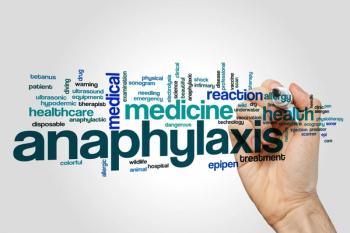
The American Academy of Pediatrics’ (AAP) has updated its Allergy and Anaphylaxis Emergency Action Plan for the treatment of infants at risk for an allergic emergency.
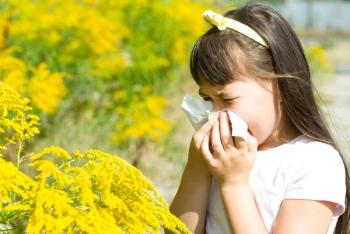
Many parents and professionals have these misconceptions about allergies and other unusual findings.

Exposure to acid-suppressive medications or antibiotics in the first 6 months of life is associated with development of allergic disease, according to a retrospective study in more than 750,000 children from within 35 days of birth until aged at least 1 year.

The authors describe the case of a 2-year-old girl with severe persistent asthma whose disease management was complicated by this rare clinical diagnosis.
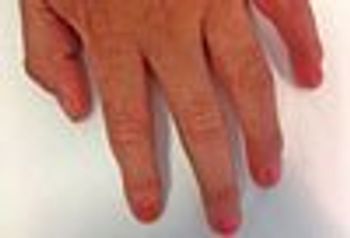
Abnormal pigmentation, nail dystrophy, and leukoplakia may signal dyskeratosis congenita.

Children with asthma living in single-parent homes were found 50% more likely to return to the hospital within 12 months than children living with 2 parents. What's the real underlying cause?
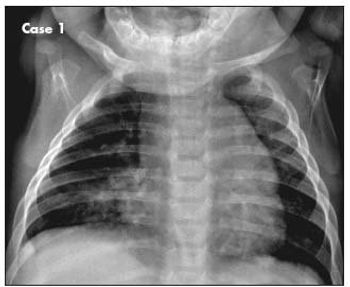
A 6-month-old boy with 1-week history of dry cough that worsened at night. He had been wheezing off and on for the past month and had visited the emergency department on one occasion.

In this podcast, Dr John Kelso dispels myths and makes a case for office-based spirometry for pediatricians.
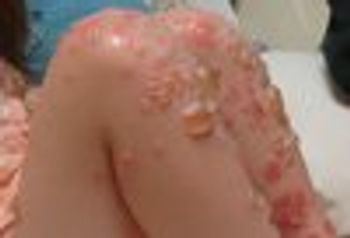
A 4-year-old, previously healthy girl presented to a tertiary care children’s hospital emergency department (ED) with large, tense bullae involving up to 40% of her body surface area. The patient’s parents described a 12-day history of itchy, papulovesicular lesions that had progressed into large blisters.

As the calendar advances to the fall months, we are reminded everywhere that it’s time for the annual influenza vaccination. In August 2011, the Advisory Committee on Immunization Practices (ACIP) updated its vaccination recommendations to include new guidelines for children ages 6 months through 8 years, and for persons with egg allergy.

Like many physicians, I find it difficult to care for a patient with a terminal disease-a discomfort heightened when the patient is an ebullient, beautiful child.

My 18-month-old son has had a diaper rash, with no other symptoms, within a few days of eating a poached egg on 3 separate occasions.
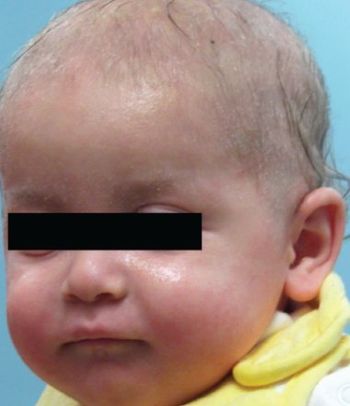
This 9–month–old boy was initially evaluated at age 6 weeks for an extensive eczematous rash on the head and antecubital and diaper areas and blood and mucus in the stool with each diaper change over a 2– to 3–week period. The symptoms were attributed to milk allergy, and the infant’s formula was changed. At 8 weeks of age, a petechial rash developed on the boy’s trunk and legs. His symptoms persisted despite multiple formula changes, and he was referred to the emergency department.

A 7-month-old boy with a history of severe atopic dermatitis and asthma was brought for evaluation of a generalized rash, fever, and irritability of 2 days’ duration. He had no respiratory symptoms. His medical history was significant for anorexia, without vomiting or diarrhea. He had a strong family history of allergy.